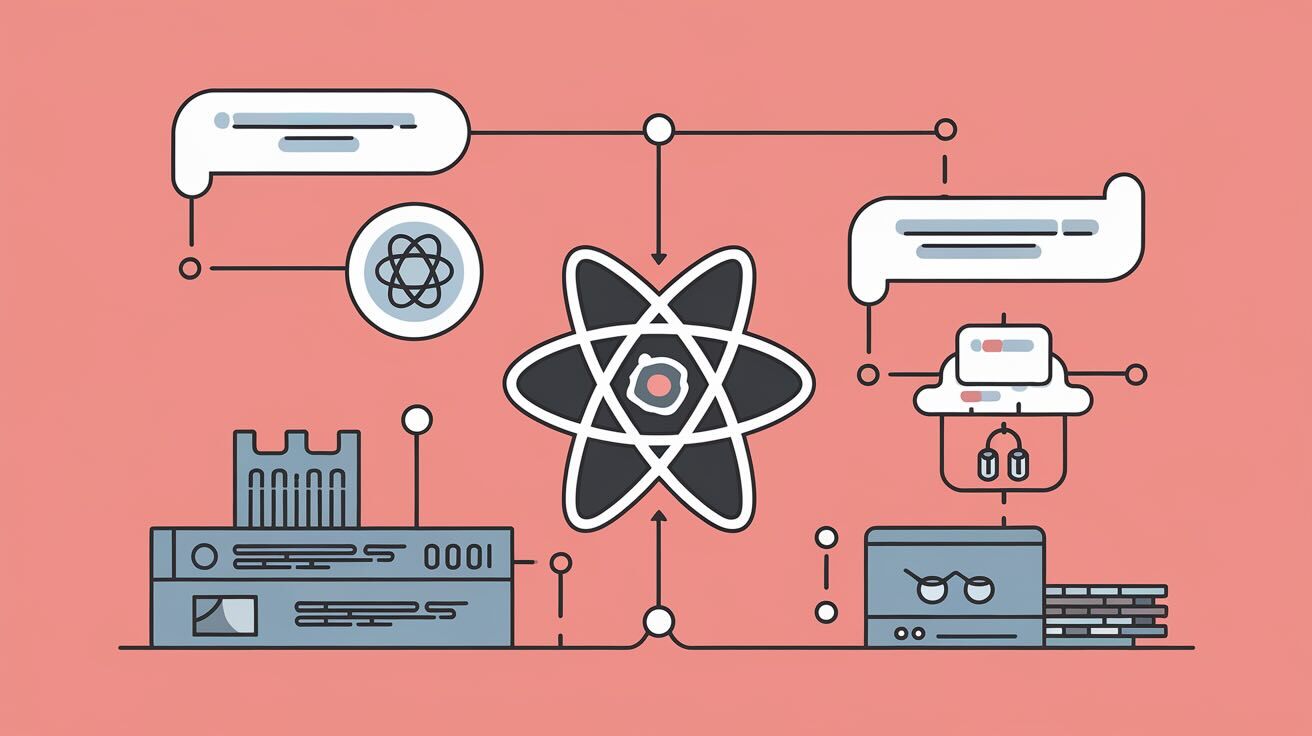In today's web development landscape, managing deployments for modern applications can be challenging, especially when dealing with a full-stack application that combines Laravel and React. This guide will walk you through setting up a robust deployment pipeline using DeployHQ to deploy your Laravel and React application to FortRabbit hosting.
Prerequisites
Before we begin, make sure you have:
- A Laravel application with React frontend ready for deployment
- A Git repository (GitHub, GitLab, or Bitbucket)
- A FortRabbit account
- A DeployHQ account
1. Preparing Your Laravel + React Application
First, ensure your Laravel and React application is properly structured and ready for production deployment. Your project structure should look something like this:
your-project/
├── app/
├── resources/
│ ├── js/
│ │ ├── components/
│ │ └── app.js
├── public/
├── package.json
├── composer.json
└── .env
Make sure your package.json includes the necessary scripts for building your React application:
{
"scripts": {
"dev": "vite",
"build": "vite build",
"watch": "vite build --watch"
},
"dependencies": {
"react": "^18.2.0",
"react-dom": "^18.2.0"
},
"devDependencies": {
"@vitejs/plugin-react": "^4.0.0",
"laravel-vite-plugin": "^0.7.8",
"vite": "^4.3.9"
}
}
2. Setting Up FortRabbit
Creating Your App
- Log in to your FortRabbit account
- Click "Create new App"
- Choose PHP 8.1 or higher
- Select your preferred region
- Choose the scaling plan that fits your needs
Configure Your App
After creating your app, you'll need to set up the necessary configurations:
- Navigate to your app's settings
- Set up your MySQL database
- Configure your domain settings
- Enable SSL if needed
Make note of your deployment credentials, as you'll need them for DeployHQ:
git remote add fortrabbit YOUR_APP_NAME@deploy.REGION.frbit.com:YOUR_APP_NAME.git
3. Configuring DeployHQ
Creating a New Project
- Log in to DeployHQ
- Click "New Project"
- Connect your Git repository
- Choose "Laravel" as your project name, for example
Setting Up Your Server
- Go to "Servers" in your project
- Click "New Server"
- Select "SFTP/SSH" as your server type
- Enter your FortRabbit SFTP host or IP and credentials, as explained here.
- Configure your deployment path:
/srv/app/htdocs
4. Deployment Configuration
In the SSH Commands, we are going to configure:
- Before Commands:
php artisan config:cache
php artisan route:cache
php artisan view:cache
- After Commands
php artisan migrate --force
Config Files
In DeployHQ, set up a config file called .env with the following values:
APP_ENV=production
APP_KEY=your-app-key
DB_CONNECTION=mysql
DB_HOST=your-fortrabbit-mysql-host
DB_DATABASE=your-database
DB_USERNAME=your-username
DB_PASSWORD=your-password
5. Automated Build Process
Create a build pipeline in DeployHQ by navigating to Project Settings > Build Pipeline:
- Add a New Command, for example called
Build Frontend Assets, in which we are going to use node LTS (22.12):
npm ci
npm run build
- Another one called
Optimize Laravel, with the following commands, using PHP 8.3:
composer install --no-dev --optimize-autoloader
6. Continuous Integration Setup
Automatic Deployments
- Go to Project Settings > Automatic Deployments
- Enable automatic deployments for your main branch
- Configure deployment triggers:
branches:
main:
- server: Production
path: /srv/app/htdocs
staging:
- server: Staging
path: /srv/app/htdocs
Deployment Notifications
Set up Slack or email notifications:
- Go to Project Settings > Notifications
- Add your preferred notification method
- Configure notification events:
- Deployment started
- Deployment successful
- Deployment failed
7. First Deployment
To initiate your first deployment:
- Commit and push your changes to your repository
- In DeployHQ, click "Deploy Now"
- Monitor the deployment process
- Check the deployment logs for any issues
Verification Steps
After deployment, verify:
- Application loads correctly
- Frontend assets are properly built
- Database migrations completed successfully
- Cache configuration is working
- API endpoints are responding
8. Maintenance and Best Practices
Zero-Downtime Deployments
To minimise downtime during deployments, add these commands to your deployment script:
php artisan down --render="maintenance"
# Your deployment commands here
php artisan up
Cache Management
Implement proper cache clearing:
// config/deploy.php
return [
'steps' => [
'down' => [
'artisan:down',
],
'deploy' => [
'optimize:clear',
'config:cache',
'route:cache',
'view:cache',
'event:cache',
],
'up' => [
'artisan:up',
],
],
];
Backup Strategy
Set up automatic backups in FortRabbit:
- Configure database backups
- Set up file backups
- Test restore procedures
Troubleshooting Common Issues
Build Failures
If your build fails, check:
- Node.js and PHP versions match your local environment
- All dependencies are properly listed in
package.jsonandcomposer.json - Build scripts are correctly configured
- Environment variables are properly set
Deployment Failures
Common deployment issues and solutions:
- Permission errors:
chmod -R 775 storage bootstrap/cache
- Composer memory limits:
COMPOSER_MEMORY_LIMIT=-1 composer install
- Node.js memory issues:
NODE_OPTIONS=--max_old_space_size=4096 npm run build
Conclusion
You now have a fully automated deployment pipeline for your Laravel and React application using DeployHQ and FortRabbit. This setup provides:
- Automated builds and deployments
- Zero-downtime deployments
- Proper cache management
- Database migration handling
- Frontend asset optimization
Remember to:
- Regularly update your dependencies
- Monitor your deployment logs
- Keep your environment variables secure
- Maintain proper backup procedures
Additional Resources
- DeployHQ Documentation
- FortRabbit Laravel Guide
- Laravel Deployment Best Practices
- React Production Build
Ready to streamline your deployment process? Sign up for DeployHQ and start automating your deployments today!
